We may earn money or products from the companies mentioned in this post. This means if you click on the link and purchase the item, I will receive a small commission at no extra cost to you ... you're just helping re-supply our family's travel fund.
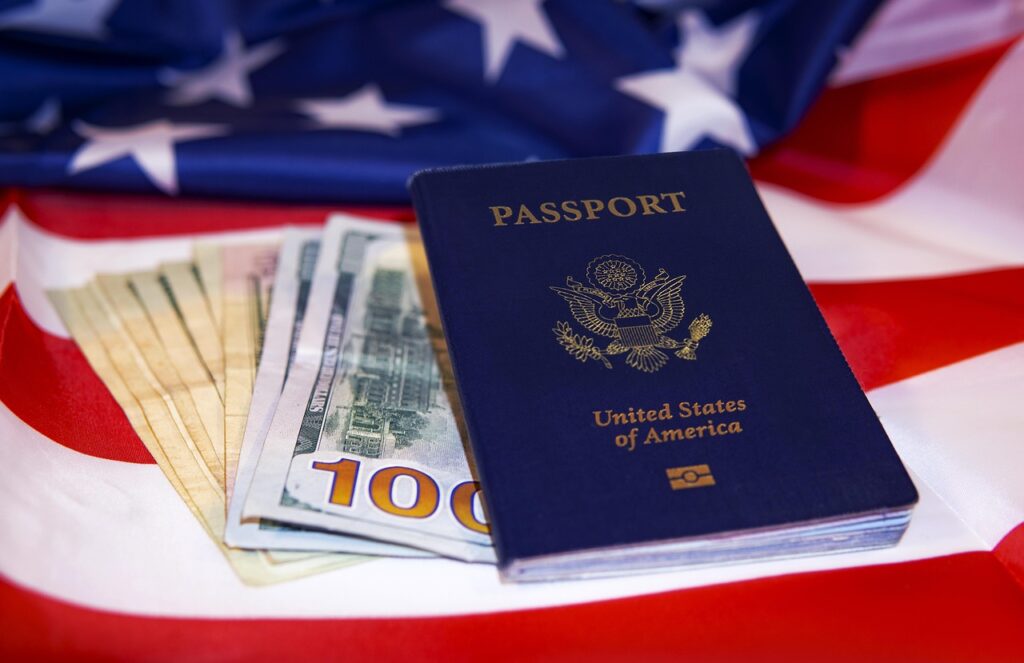
Planning a visit to the United States? You’ll want to keep an eye on the government’s newest rule: the “visa integrity fee.” This additional cost, set to launch in fiscal year 2025, impacts millions of travelers who need a nonimmigrant U.S. visa. It’s not optional, and it comes on top of all other visa charges. Let’s break down what’s changing, who’s affected, and what you should do to avoid surprises before your next trip.
What Is the Visa Integrity Fee?
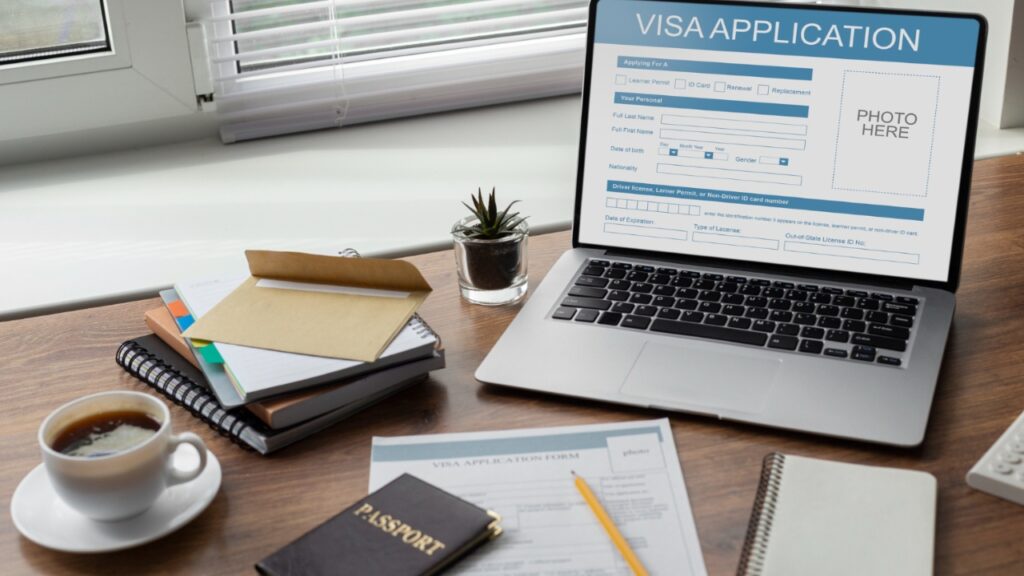
The new visa integrity fee is a mandatory charge of at least $250 for anyone applying for a nonimmigrant U.S. visa. Beginning Oct. 1, 2024, this fee will be collected during the visa issuance process—so if you don’t get the visa, you don’t pay it. The Secretary of Homeland Security can raise the amount, and the fee will go up over time with inflation. Its official goal is to strengthen the integrity of the visa process and discourage overstays.
Who Must Pay the Fee?
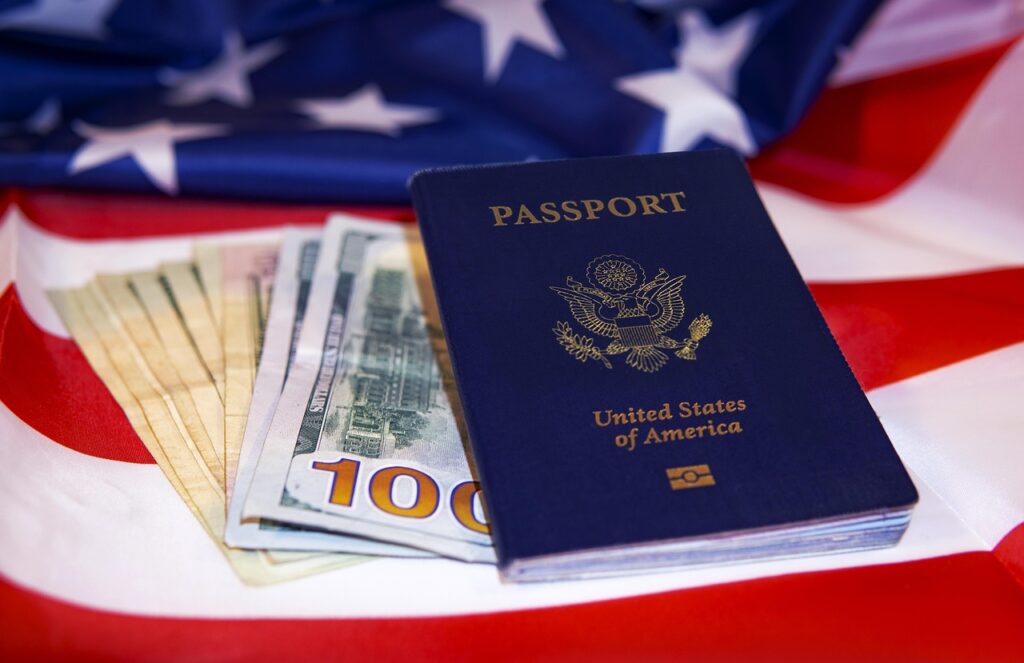
This fee applies to nearly all travelers who need a U.S. non-immigrant visa, including tourists, business professionals, students, and temporary workers. If you’re used to traveling on an ESTA through the Visa Waiver Program (like most visitors from Europe, Australia, or Japan), you’re in the clear. But everyone else faces the charge, regardless of how long—or short—their planned stay might be.
When and How Will the Fee Be Paid?
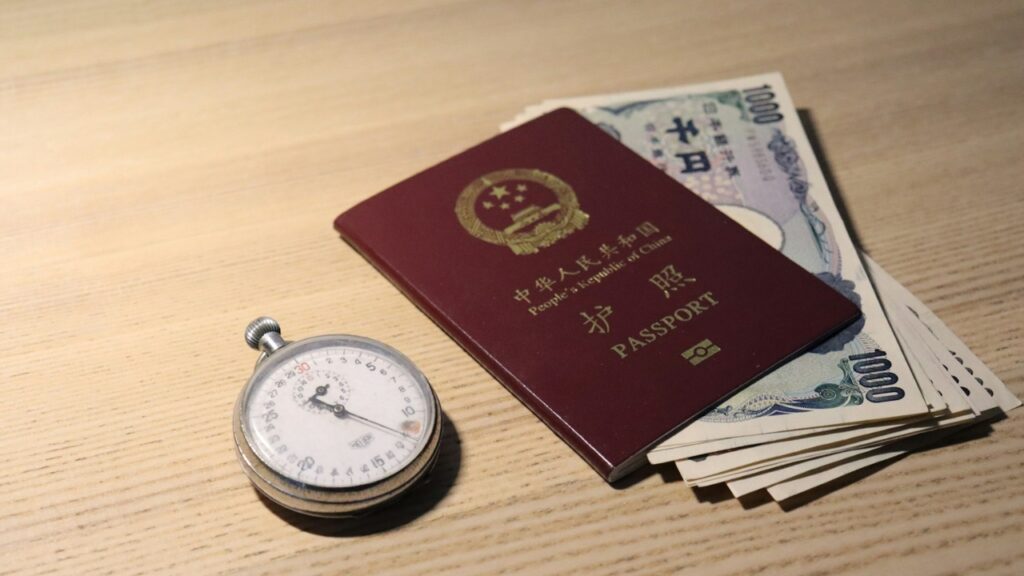
According to the latest guidance, applicants will be charged when their visa is actually issued. No charge for denied applications. But here’s the thing: as of now, the government hasn’t announced precisely when this payment system goes live or laid out the exact process for who collects it—State Department or Homeland Security. Until there’s a formal announcement and rollout, travelers are left watching for updates.
Does This Replace Other Fees?

No. The visa integrity fee is stacked on top of all current and new charges. For example, an H‑1B visa applicant who normally pays $205 will now owe $455 once the new fee launches. Don’t forget the I‑94 arrival/departure record cost, either: it just increased from $6 to $24. The bottom line is simple—travel to the U.S. is about to get more expensive across the board for nonimmigrant visitors.
Can You Get a Refund?

There’s technically a path to reimbursement, but don’t plan your budget around it. To get the fee back, a visitor must follow all visa rules, including not overstaying by more than five days and never taking unauthorized work. Only after the visa expires will the refund process even start—and government sources admit it could take years to sort out how and when claims are paid. For now, experts say to treat the fee as nonrefundable unless proven otherwise.
Why Is the U.S. Adding This Fee?
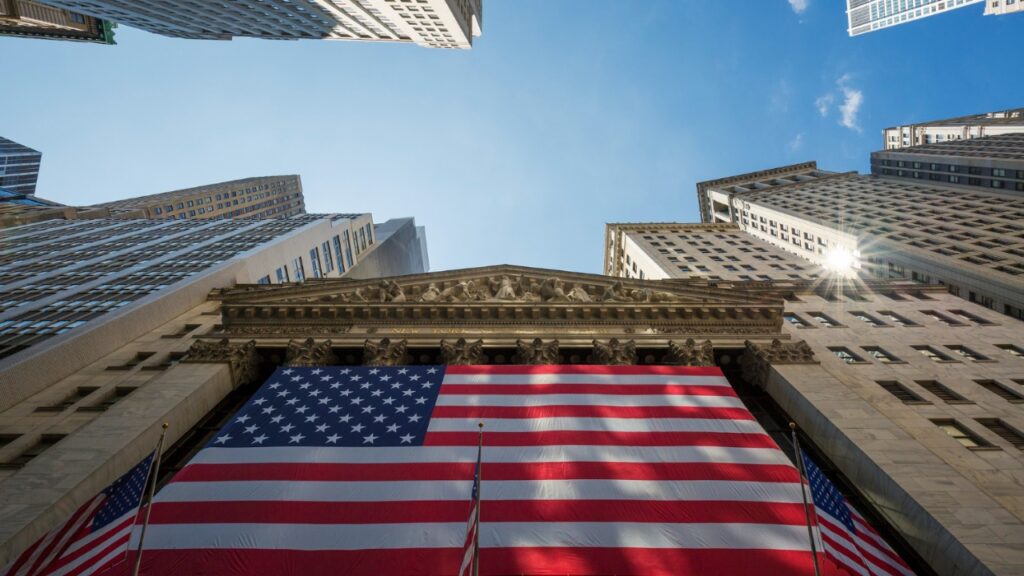
Here’s what’s behind it: the U.S. government says the measure is meant to reduce visa overstays and keep the system fair for everyone. While only about 1–2% of visitors overstay each year, those numbers add up and impact immigration enforcement. The new fee targets accountability while raising revenue, especially as the U.S. approaches major events in 2026, including the World Cup and America’s 250th anniversary celebration.
What Details Remain Unclear?
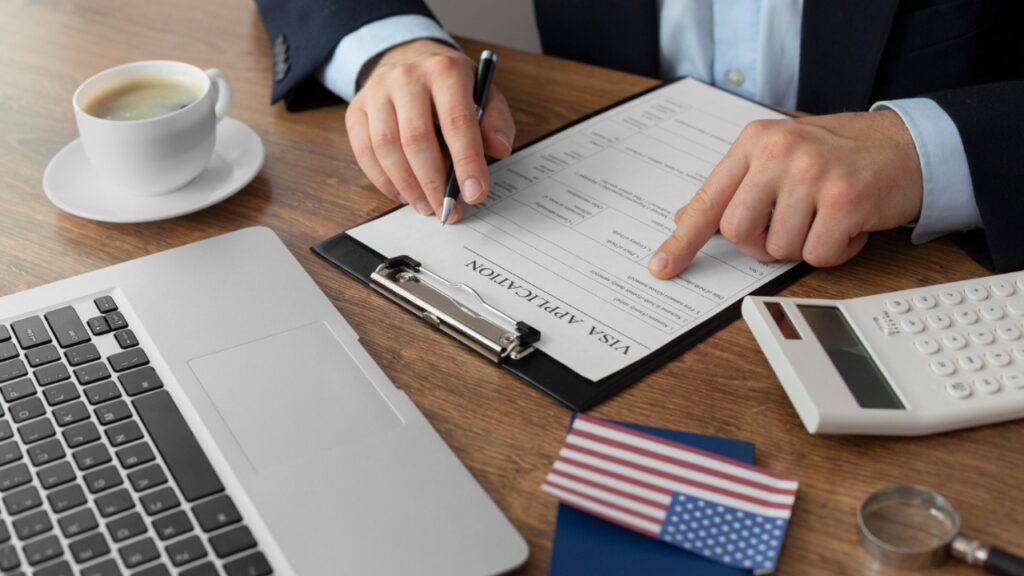
Right now, many specifics are unsettled. The exact start date isn’t known, and there’s confusion about which agency will collect the money. The mechanics of the reimbursement process—and whether most travelers will realistically ever see their money again—are still up in the air. Government agencies have yet to finalize procedures, and it may be some time before all the dots connect.
What Does This Mean for Travelers?

If you’re planning a trip stateside as a tourist, student, or temporary worker, factor the new $250 fee into your plans. Families or groups will see costs add up quickly. With the collection and reimbursement system still in development, flexibility and extra patience will be essential. The bottom line: staying informed and budgeting for every new charge will save you unwelcome stress.
Final Thoughts

What this really means is that travel to the U.S. is shifting. Between higher fees, tighter rules, and evolving systems, careful preparation is more important than ever. Track updates from consulates and official State Department channels, follow your visa terms exactly, and know that detailed, step-by-step guidance may not arrive until right before the fee is implemented. Smart travelers always read the fine print: now more than ever.